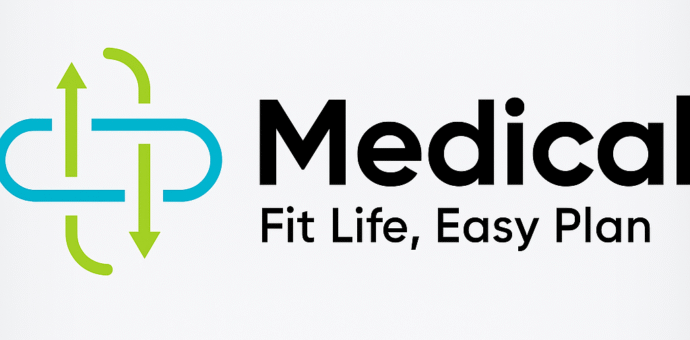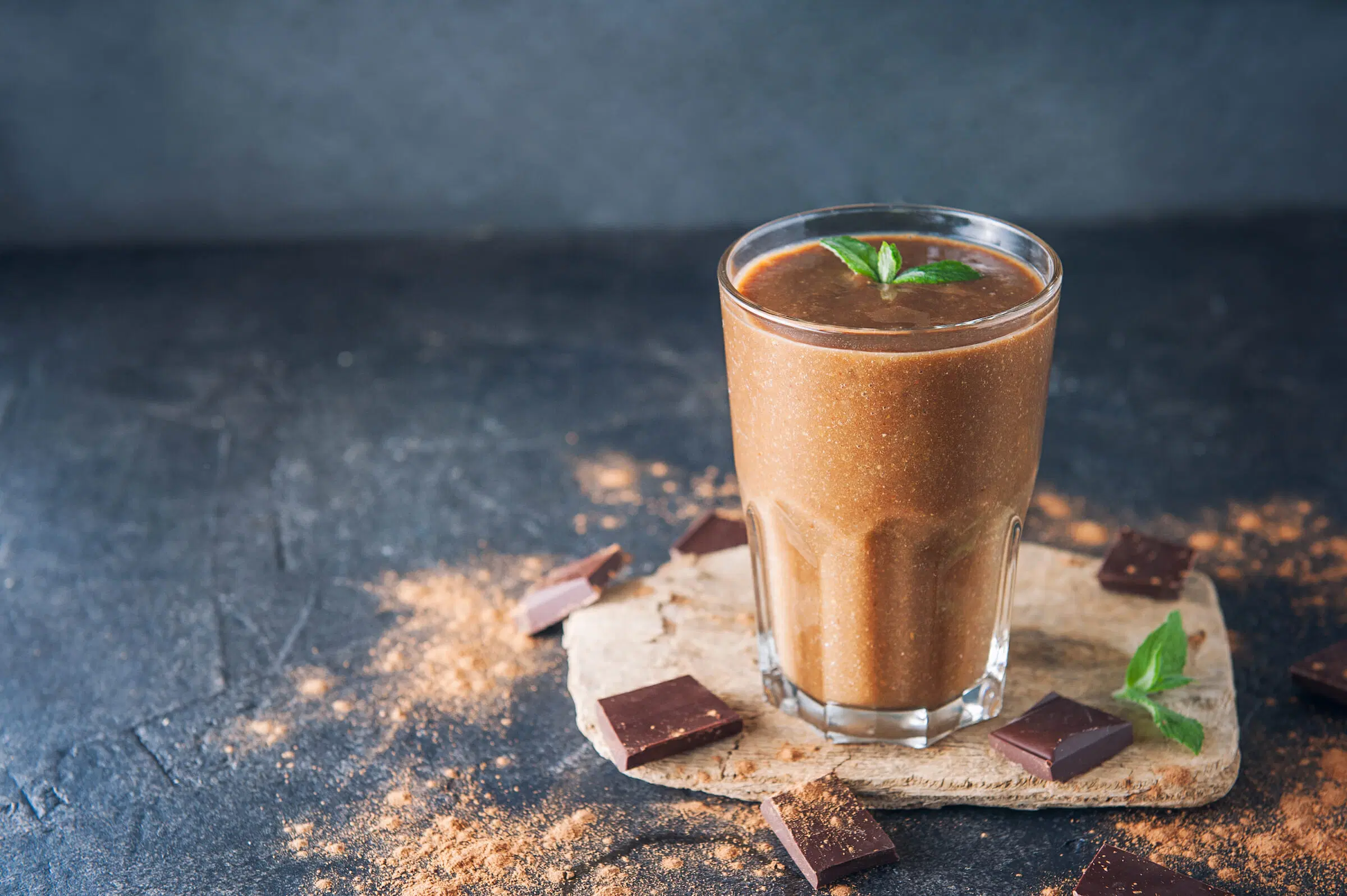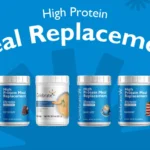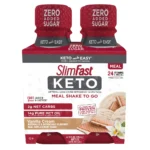The weeks after birth are beautiful—and exhausting. Between feeds, naps, and figuring out a new routine, it’s totally normal for meals to become an afterthought. That’s where low calorie protein shakes can help. Chosen well, they’re quick, filling, and kinder on your energy than a last-minute snack raid. This guide explains what to look for, how to use shakes in a simple plan, and where brands like LivSmart, Complan, and USN fit. We’ll keep it friendly and practical—no crash-diet vibes—so you can feel nourished while your body recovers.
Friendly reminder: every recovery is unique. If you’re breastfeeding, have medical conditions, or you’re unsure what’s right for you, speak to your midwife, GP, or health visitor. For general post-pregnancy health guidance, the NHS has helpful advice: https://www.nhs.uk/conditions/pregnancy-and-baby/your-body-after-baby/
Why Low Calorie Protein Shakes Make Sense After Pregnancy
Post-pregnancy days are unpredictable. Some mornings glide; others are pure chaos. Low calorie protein shakes reduce decision fatigue and help you keep steady nutrition on days you can’t cook.
Benefits you’ll notice:
-
Speed: 30–60 seconds to make; ready-to-drink options are even faster.
-
Satiety: Protein and fiber help curb grazing between feeds.
-
Portion control: Known calories/macros—no guesswork when you’re tired.
-
Gentle on routine: Easy to pair with simple snacks and easy meals.
For practical lifestyle tips tailored to new mums, see our internal guide: Post-Pregnancy Weight-Loss Tips
What “Low Calorie” Should Look Like (Without Leaving You Hungry)
The sweet spot is ~150–250 kcal per shake, enough to be satisfying while still creating room for balanced snacks and meals.
A well-balanced low calorie protein shake typically has:
-
Protein: 15–25 g (whey, casein, soy, or pea).
-
Fiber: 3–8 g (or add berries/chia to reach it).
-
Added sugars: Preferably <8–10 g (naturally occurring milk sugars are fine).
-
Fats: 4–8 g (keeps you fuller and slows energy dips).
-
Vitamins/minerals: Helpful if you’re using it as a quick breakfast or lunch.
Want a plain-English refresher on building a balanced diet? The NHS “Eat well” hub covers the basics: https://www.nhs.uk/live-well/eat-well/
Label Decoder: How to Choose Low Calorie Protein Shakes Fast
When shopping—especially if you’re scrolling one-handed while holding a sleepy baby—scan for:
Green flags
-
≥15 g protein per serving
-
3–8 g fiber (or plan to add fruit/chia)
-
<250 kcal per shake
-
Minimal added sugar and a short, understandable ingredient list
Yellow flags
-
<12 g protein: often not filling enough; hunger returns.
-
Very low calories (<120 kcal): more a “snack drink” than a meal support.
Where LivSmart, Complan, and USN Fit
We carry options so you can match shakes to your day (and mood).
LivSmart
-
Why mums like it: Straightforward macro profiles designed for everyday use.
-
Good for: Breakfast on days you need something light but filling.
-
Tip: Boost fiber with berries or a spoon of chia.
Complan
-
Why mums like it: Nutritionally focused with vitamins/minerals for busy days.
-
Good for: “Can’t get a full lunch” days—use as a backbone with fruit or yogurt.
-
Tip: Check protein per serving; add a half scoop if you prefer ≥20 g.
USN
-
Why mums like it: High-protein options with ready-to-drink formats.
-
Good for: School-run chaos, appointments, and travel days.
-
Tip: Choose the “low sugar” entries to stay in the low-calorie lane.
Want to compare by calories, protein type, fiber, and flavor? Try our Meal Replacement Finder to filter quickly. (Internal link)
A Gentle 7-Day “No-Stress” Planner Using Low Calorie Protein Shakes
Each day follows an easy rhythm. Adjust portions based on hunger and recovery. If you’re breastfeeding, you may need more calories—focus on nourishment first.
Daily template (2–3 minutes to prep)
-
Breakfast:
-
Low calorie protein shake (15–25 g protein) + ½ cup berries
-
Water or herbal tea
-
-
Mid-morning snack:
-
Greek yogurt or apple + peanut butter
-
-
Lunch:
-
Whole-grain wrap with lean protein + salad or a second low calorie protein shake plus veg sticks and hummus
-
-
Afternoon snack:
-
Handful of nuts or cottage cheese + cucumber
-
-
Dinner:
-
Protein (fish, chicken, tofu) + veg + small portion of whole-grain/potato
-
-
Evening (if needed):
-
Warm milk/fortified plant milk, or a small soup to steady hunger
-
When to use two shakes/day:
-
Appointment-packed days, travel days, or when energy is low and you need something easy. On calmer days, one shake is plenty.
Tiny Upgrades That Make Low Calorie Protein Shakes More Satisfying
Add fiber without many calories
-
1 tbsp chia seeds (+4–5 g fiber)
-
½ cup berries (fiber + antioxidants)
Improve texture and staying power
-
80–120 ml milk or fortified plant milk for creaminess and calcium
-
Ice + blender for a thicker, “treat-like” texture
Flavor boosts without sugar spikes
-
Cinnamon, cocoa powder, vanilla essence, or a splash of espresso
Real-Life Scenarios (Because Post-Pregnancy Days Aren’t Predictable)
You skipped breakfast (again).
Blend a low calorie protein shake with berries. Drink half now, half later during nap time.
Lunch fell apart.
Pair a shake with a piece of fruit and a handful of nuts for a quick, balanced mini-meal.
Evening snacking spiral.
Have a lighter dinner and keep a shake ready. Brush teeth early to trigger the “kitchen closed” cue.
Travel day or long appointments.
Pop a ready-to-drink USN bottle in your bag and stash a LivSmart/Complan sachet for backup.
FAQs: Low Calorie Protein Shakes After Pregnancy
Are low calorie protein shakes safe while breastfeeding?
This is individual. Protein shakes can be part of a balanced diet, but medical advice is essential if you’re breastfeeding or have specific nutritional needs.
How many shakes a day?
Often one is enough as a breakfast or lunch support. Two can work on busier days—then pivot back to one when cooking is easier.
Do I need snacks too?
Usually yes. Planned snacks (yogurt + fruit, nuts, veg + hummus) beat unplanned grazing.
Is plant protein as effective as whey/casein?
Both can be helpful. Choose based on tolerance, taste, and how your stomach feels. Many mums like whey in the morning and pea/soy later in the day.
Gentle Movement and Sleep: Quiet Helpers for Appetite and Mood
-
Micro-walks: 10 minutes with the pram counts; stack two or three across the day.
-
Light strength at home: Body-weight squats and wall pushes while the kettle boils.
-
Tiny sleep wins: Dim lights, warm shower, and screens off 30 minutes before bed can reduce evening cravings.
How Low Calorie Protein Shakes Fit a Tailored, Prescription-Based Plan
If you want guardrails and check-ins, our clinician-guided approach builds a low calorie protein shakes framework that fits your real day—feeds, naps, appointments and all. We map brand choices (LivSmart, Complan, USN) to your schedule, suggest add-ins for fullness, and adapt calories as your energy needs change.
What it looks like:
-
A short intake (preferences, feeding status, goals)
-
Macro targets and meal timing that flow with your day
-
A simple “shake matrix” for busy vs. calmer days
-
Optional accountability touchpoints so you’re never guessing
Want a quick overview of medically guided options and how they pair with nutrition? See Weight Loss Injections Explained. (Internal link)
Putting It All Together (No Perfection Needed)
Low calorie protein shakes won’t do the work for you—but they can make good choices easier. Aim for 15–25 g protein, modest calories, some fiber, and low added sugar. Keep one ready-to-drink option in your bag, and upgrade texture/flavor with simple, low-cal add-ins. On bedlam days, use two shakes; on calmer days, one is plenty. Pair with tiny movement bursts and easy, protein-plus-veg meals. You deserve to feel nourished while you care for your little one—and yourself.
Explore, compare, and filter by calories, protein type, fiber, and flavor with our Meal Replacement Finder. (Internal link)
For wider post-pregnancy health information, visit the NHS resource above. (External link)



